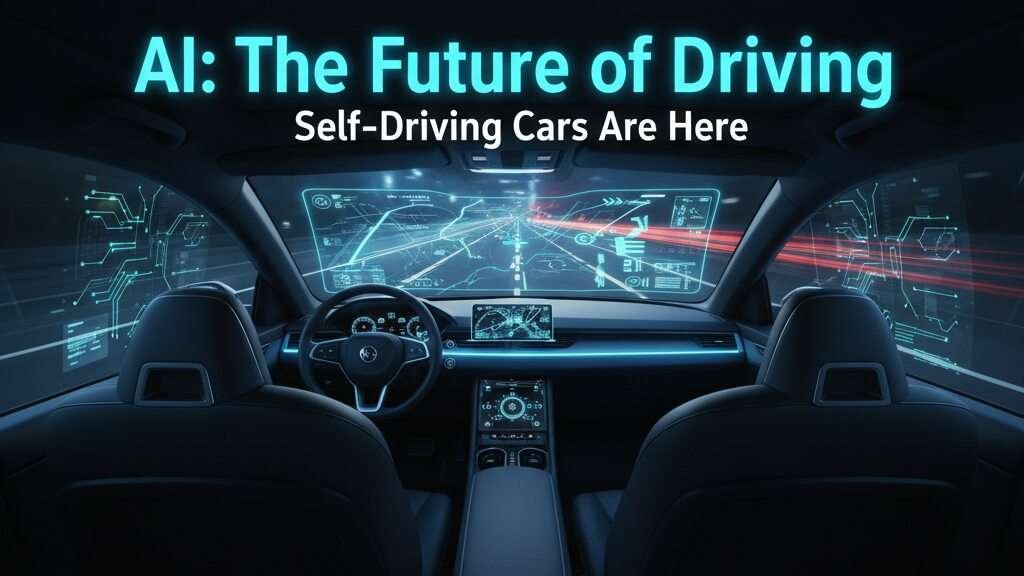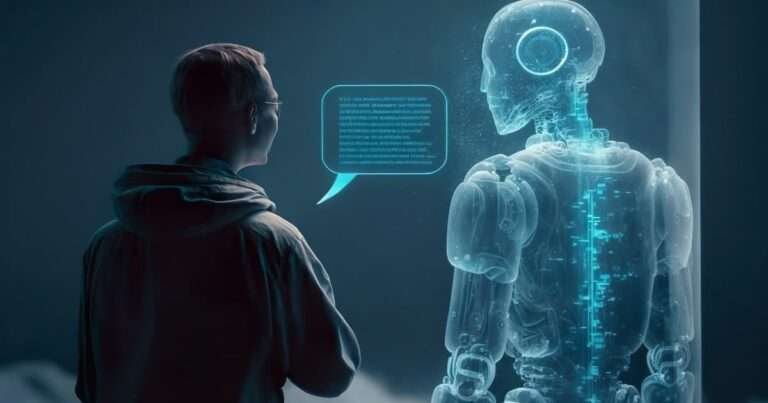Seeing cars drive themselves once felt like pure science fiction, but now “AI self driving cars” are quickly moving from imagination to roads all around us. Today, with rapid improvements in sensors, software, and artificial intelligence, companies all over the world are racing to make fully autonomous vehicles a daily reality. In this article, you’ll discover how AI self driving cars actually work, what makes them possible, and why the coming years look so exciting for this revolutionary technology.
The Brains Behind Self Driving Vehicles
Self driving cars don’t just use cameras, they rely on a mix of sensors like radar, lidar, and ultrasonic devices to “see” the world. But the real magic happens in the processing: AI self driving cars use complex algorithms and neural networks to turn sensor data into split-second decisions. This artificial intelligence allows the vehicle to recognize road signs, spot pedestrians, keep a safe distance, and even react to unexpected obstacles, making driving far safer and smarter.
Perception: Seeing and Understanding the Road
AI self driving cars use advanced perception models to map out their environment in real time. By blending data from all those sensors, they build a 3D view of everything nearby: other vehicles, traffic signals, road markings, and potential dangers. These deep learning models help cars “understand” situations the way a human would, but with even more precision and consistency, especially on long drives or in tricky conditions.
Prediction and Planning: Smarter Than Ever
Once the car knows what’s around it, AI kicks in for the next phase, prediction and planning. That means AI self-driving cars constantly predict what people or vehicles might do next: Will a pedestrian cross the street? Is another car about to change lanes? Using machine learning, they simulate thousands of scenarios, select the safest action, and carry it out instantly, adjusting speed, turning, or stopping exactly when needed.
The Core Technologies Powering AI Self Driving Cars
To understand how far we’ve come, it helps to look at the blend of technologies making this new era possible:
- Lidar and Radar Sensors: Gather detailed data about distance and object shape, creating a 360-degree safety net.
- High-Definition Maps and GPS: Pinpoint the car’s exact location anywhere, updating routes on the fly.
- Neural Networks: The “brains” that learn from millions of real-world driving scenarios and improve over time.
- Computer Vision: Helps spot everything from road lines to cyclists, even in low light or bad weather.
Together, these elements make self driving cars not just possible, but increasingly practical for city streets and highways alike.
What’s Next for AI Self Driving Cars?
Tech giants and automakers are making incredible progress, but there’s still work to be done on legal rules, public safety, and tricky situations like snowy roads or confused traffic signals. Still, every year the gap closes, and new pilot programs are popping up in more cities. Whether you’re a tech fan or just curious about the future, it’s clear that self driving cars will soon play a huge part in how we move and live.
Conclusion
AI self driving cars are no longer just a futuristic idea; they are becoming a real part of our everyday lives. Thanks to advances in artificial intelligence, these vehicles can perceive their surroundings, make smart decisions, and navigate roads safely with minimal human help. While challenges like regulations and extreme weather conditions remain, the progress in AI technology continues to push self-driving vehicles closer to widespread use. As self driving cars evolve, they promise to transform transportation by making it safer, more efficient, and environmentally friendly. The future on roads is exciting, and AI is driving that revolution forward.
Also Read: Craziest Tech Innovations People Can’t Stop Talking About






